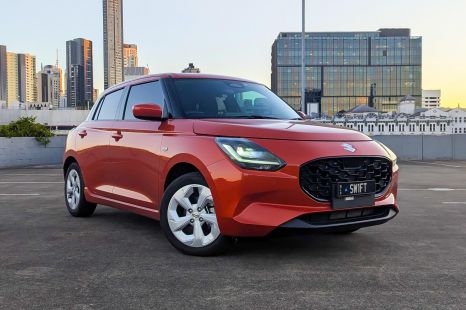

William Stopford
2025 Suzuki Swift Plus review
5 Days Ago
Dacia has taken the covers off its new Bigster, a mid-sized SUV that's expected to be sold in Australia with Renault badging.

Deputy Marketplace Editor
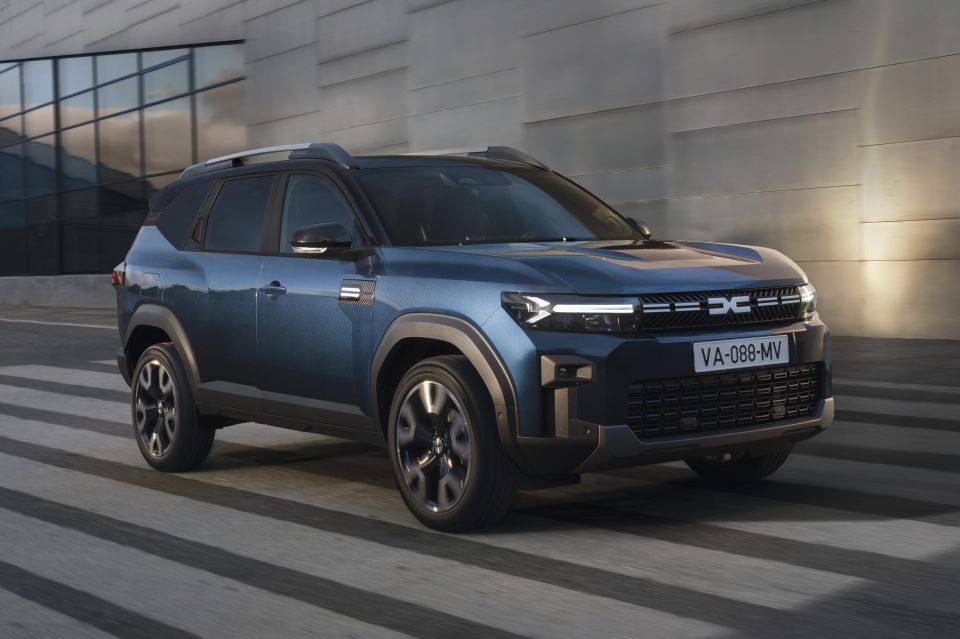

Deputy Marketplace Editor
Renault‘s budget brand Dacia has ripped the covers off its new Bigster SUV, its largest SUV yet and a rival for the likes of the Toyota RAV4 and Mitsubishi Outlander.
Although Dacia doesn’t currently have a presence Down Under, the Bigster and smaller Duster SUVs are expected to come to Australia during 2025 wearing Renault badging.
The Bigster was revealed overnight as a versatile mid-sized SUV available with the option of hybrid power and all-wheel drive.
It doesn’t, however, offer the option of a third row of seats, with the Jogger wagon remaining Dacia’s only seven-seater.
100s of new car deals are available through CarExpert right now. Get the experts on your side and score a great deal. Browse now.

Under the boxy body, which remains faithful to the 2021 Bigster concept, the production SUV is available with a choice of three powertrains, both hybrid and mild-hybrid.
Topping the range is the Hybrid 155, which combines a four-cylinder petrol engine with a 37kW electric motor, 1.4kWh battery and second starter-generator motor.
Total system output is 114kW, and Dacia claims the hybrid Bigster is able to remain in EV mode for up to 80 per cent of city driving.
Dacia hasn’t quoted a fuel consumption figure, but it’s likely to fall below 5L/100km.
The mid-spec TCe 140 is powered by a 1.2-litre turbocharged three-cylinder petrol engine with a 48V mild-hybrid system, which sends 103kW of power to the front wheels via a six-speed manual transmission. It has a claimed fuel consumption of 5.6L/100km.
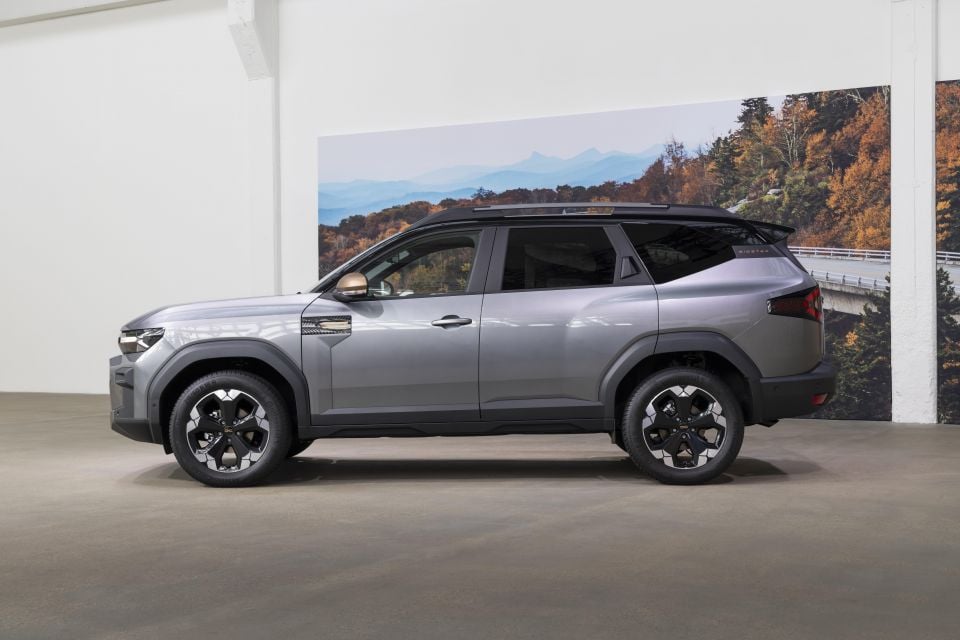
An LPG-powered variant sharing the same engine is also available in Europe.
The TCe 130 utilises a detuned version of the 1.2-litre turbo three-cylinder, with the addition of all-wheel drive.
Dacia pitches the all-wheel drive version of the Bigster as an off-road-ready adventure SUV and it therefore comes equipped with hill descent control (HDC) and five drive modes (Auto, Snow, Mud/Sand, Off-Road and Eco).
Aside from a choice of three powertrains, the Bigster is also available in four trim levels: Essential, Expression, Bigster Extreme, and Bigster Journey.
Standard features for the base Essential include 17-inch alloy wheels, fixed roof bars, a 10.1-inch touchscreen infotainment system with wireless smartphone mirroring, a 7.0-inch digital instrument cluster, manual air conditioning, and a reversing camera.
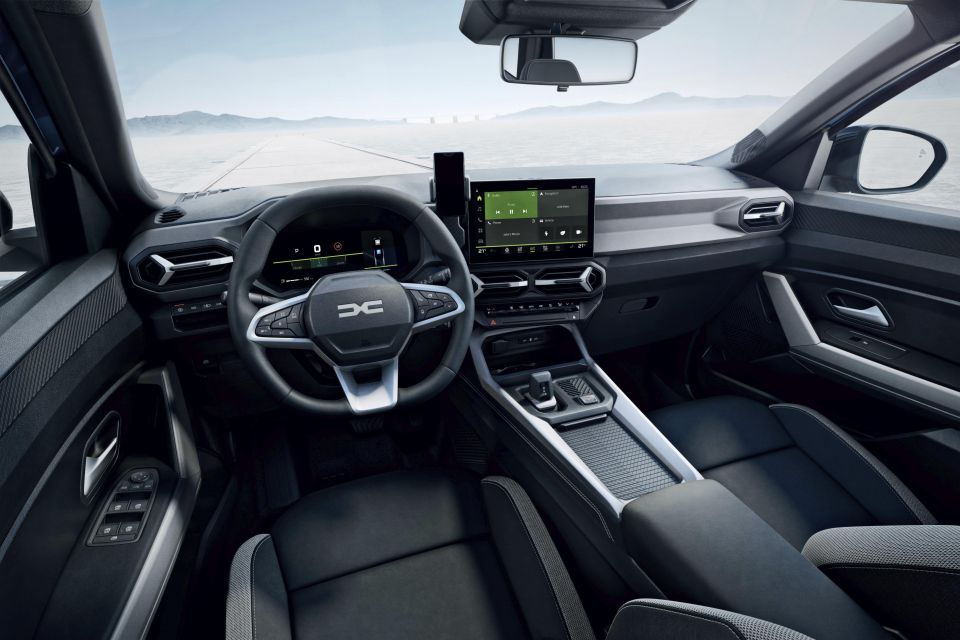
The Expression adds dual-zone climate control, an electric parking brake, rain-sensing wipers, power-folding mirrors, and a 40/20/40 split folding rear bench.
The Bigster Extreme and Bigster Journey trim grades are priced identically, but cater to different audiences.
Aimed at lovers of the outdoors, the Extreme gains 18-inch alloy wheels, modular roof bars, Copper Brown exterior and interior trim, a panoramic sunroof, washable synthetic upholstery, rubber floor and boot mats, a 10-inch digital instrument cluster, satellite navigation, six-speaker sound system, and hill descent control.
On the other hand, the Journey brings a luxury focus, introducing a power tailgate, power-adjustable driver’s seat, wireless phone charger, and adaptive cruise control.
All variants have 667L of boot space under the parcel tray, and ‘YouClip’ mounting points throughout the interior that hold various portable storage attachments.
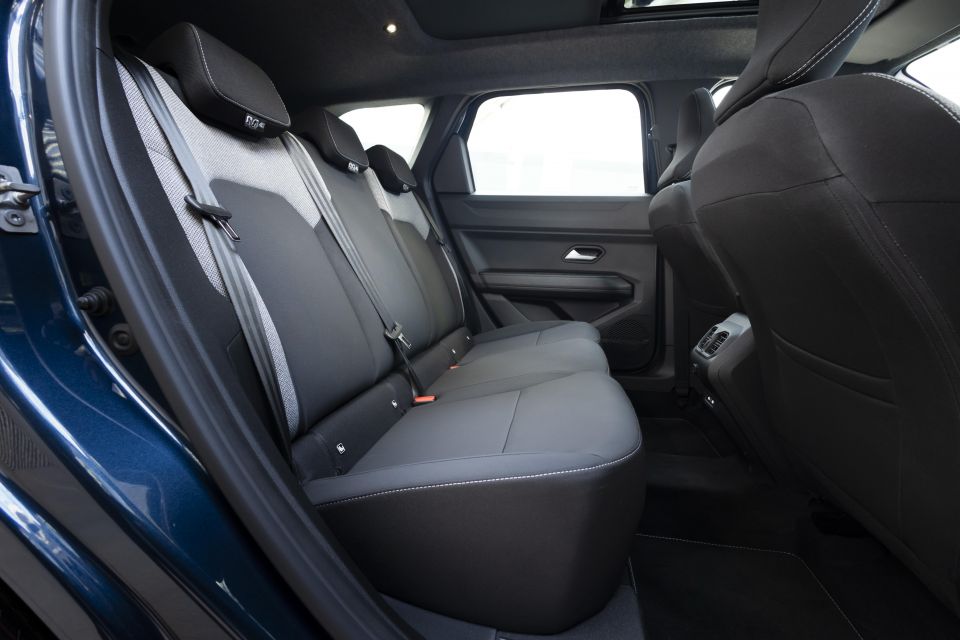
The Bigster measures 4.57 metres long, 1.81m wide and 1.71m tall, with 220mm of ground clearance. That gives it a smaller footprint than a Toyota RAV4, but similar dimensions to a Mazda CX-5.
Safety systems offered with the Bigster include autonomous emergency braking, lane-keep assist, adaptive cruise control, driver attention monitoring, and traffic sign recognition.
Dacia will initially launch the Bigster in Europe and the UK, although CarExpert understands the Bigster and smaller Duster could reach Australian shores in mid-2025 wearing Renault badging.
“We’ve got our hand up for certain products in the Dacia range. Duster is one of those, and so too is Bigster,” general manager of Renault Australia, Glen Sealey, told CarExpertlast year.
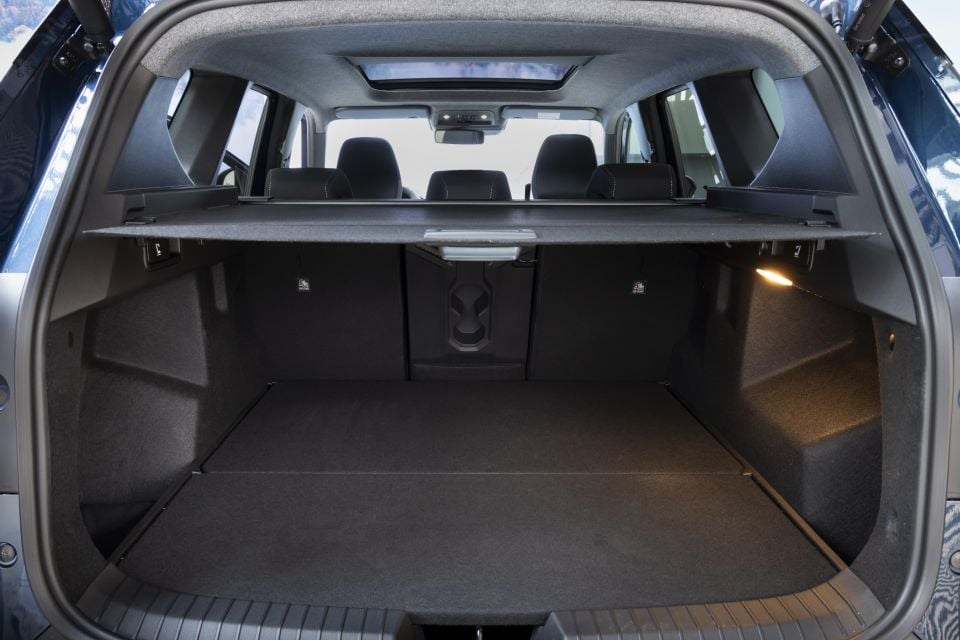
MORE: Everything Dacia
Josh Nevett is an automotive journalist based in Melbourne, Australia. Josh studied journalism at The University of Melbourne and has a passion for performance cars, especially those of the 2000s. Away from the office you will either find him on the cricket field or at the MCG cheering on his beloved Melbourne Demons.


William Stopford
5 Days Ago


Max Davies
4 Days Ago


Josh Nevett
3 Days Ago


Andrew Maclean
2 Days Ago


Shane O'Donoghue
2 Days Ago
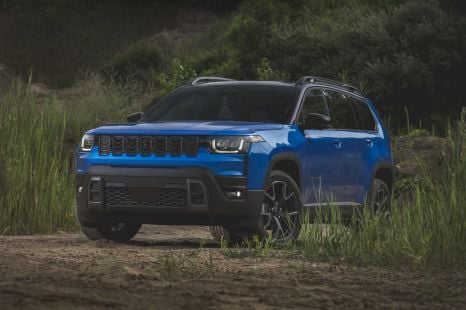

William Stopford
1 Day Ago